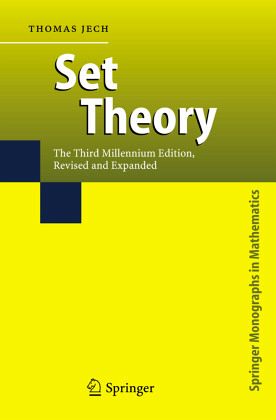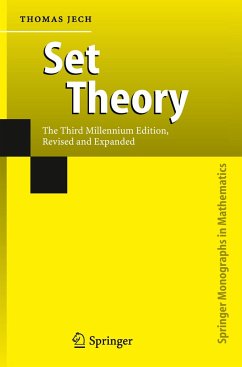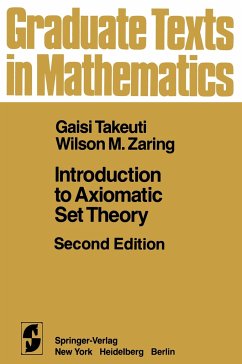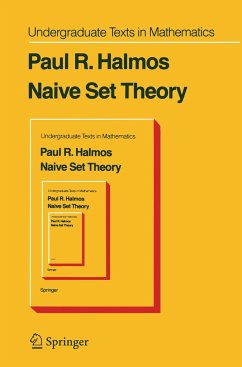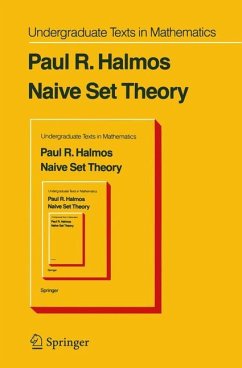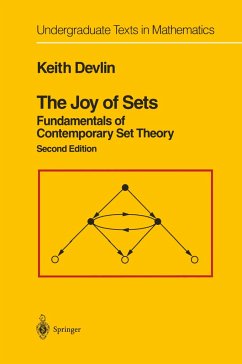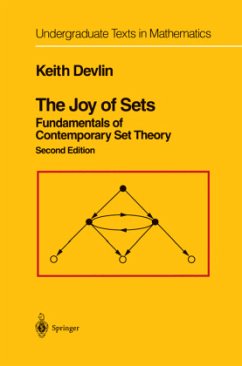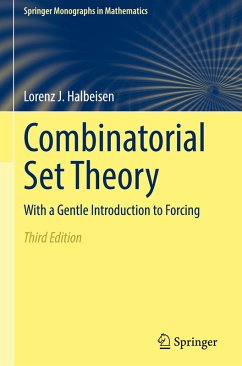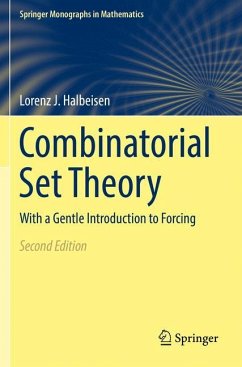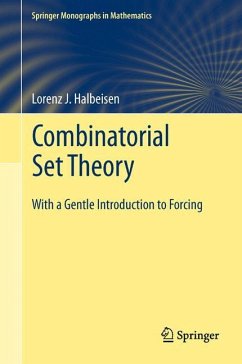notes, and precise references ... . A very comprehensive bibliography, and detailed indexes complete the work. This book fills a serious gap in the literature and there is no doubt that it will become a standard reference ... . One can strongly recommend its acquisition for any mathematical library." (Jean-Roger Roisin, Bulletin of the Belgian Mathematical Society, Vol. 11 (3), 2004)
"One of the classical textbooks and reference books in set theory is Jech's Set Theory. ... The present 'Third Millennium' edition ... is a whole new book. In three parts the author offers us what in his view every young set theorist should learn and master. ... This well-written book promises to influence the next generation of set theorists, much as its predecessor has done over the last quarter of a century." (Eva Coplakova, Mathematical Reviews, 2004 g)
"Jech's book, 'Set Theory' has been a standard reference for over 25 years. This 'Third Millennium Edition', not only includes all the materials in the first two editions, but also covers recent developments of set theory during the last 25 years. We believe that this new version will become a standard reference on set theory for the next few years."(Guohua Wu, New Zealand Mathematical Society Newsletter, April, 2004)
"Jech's classic monograph has been a standard reference for a generation of set theorists. Though ... labeled 'The Third Millennium Edition', the present work is in fact a new book. ... Even sections presenting older results have been rewritten and modernized. Exercises have been moved to the end of each section. The bibliography, the section on notation, and the index have been considerably expanded as well. This new edition will certainly become a standard reference on set theory for years to come." (Jörg D. Brendle, Zentralblatt MATH, Vol. 1007, 2003)
"Thomas Jech's Set Theory contains the most comprehensive treatment of the subject in any one volume. The present third edition is a revised and expanded version ... . The third edition has three parts. The first, Jech says, every student of set theory should learn, the second every set theorist should master and the third consists of various results reflecting 'the state of the art of set theory at the turn of the new millennium'. This last part especially contains a lot of new material." (Martin Bunder, The Australian Mathematical Society Gazette, Vol. 30 (2), 2003)
